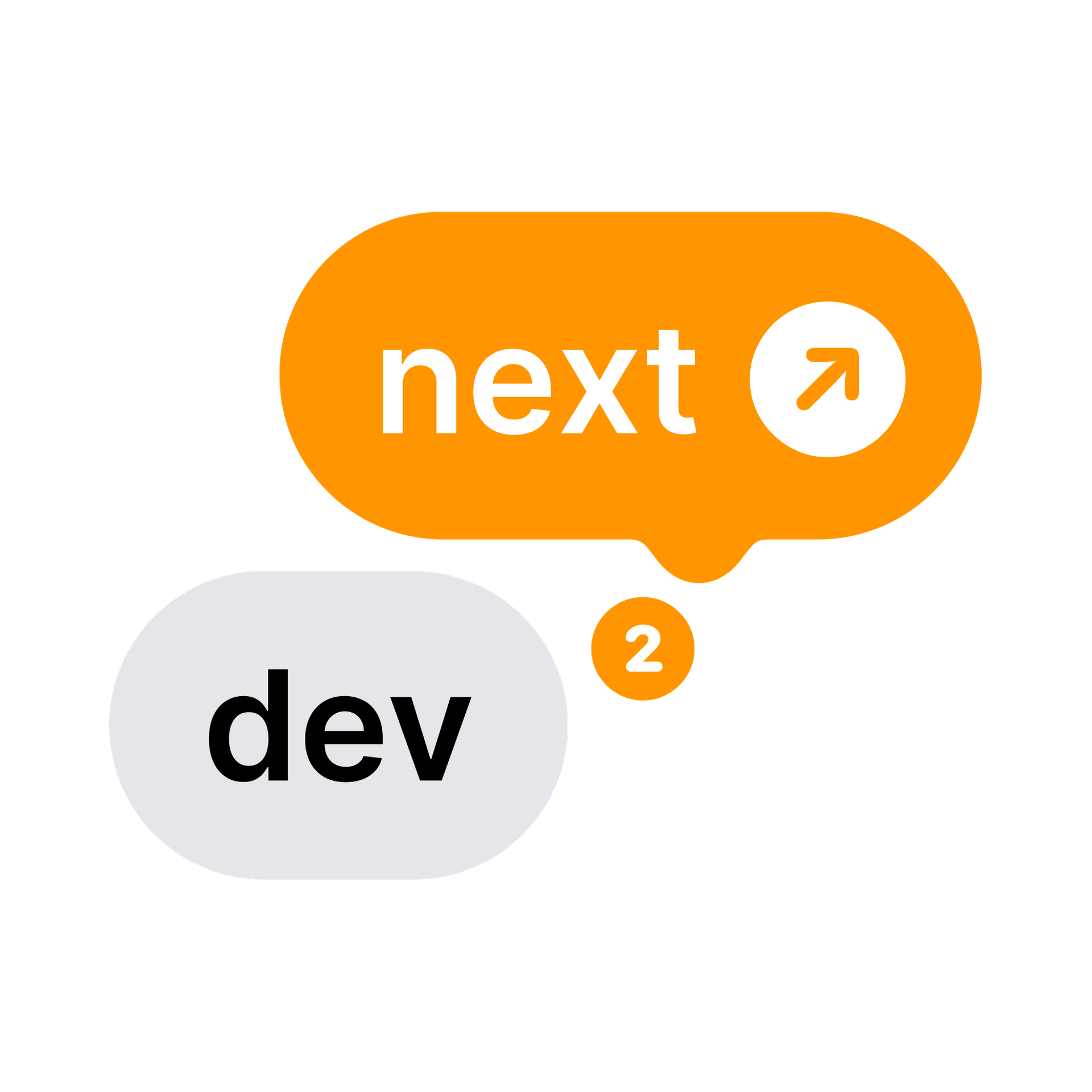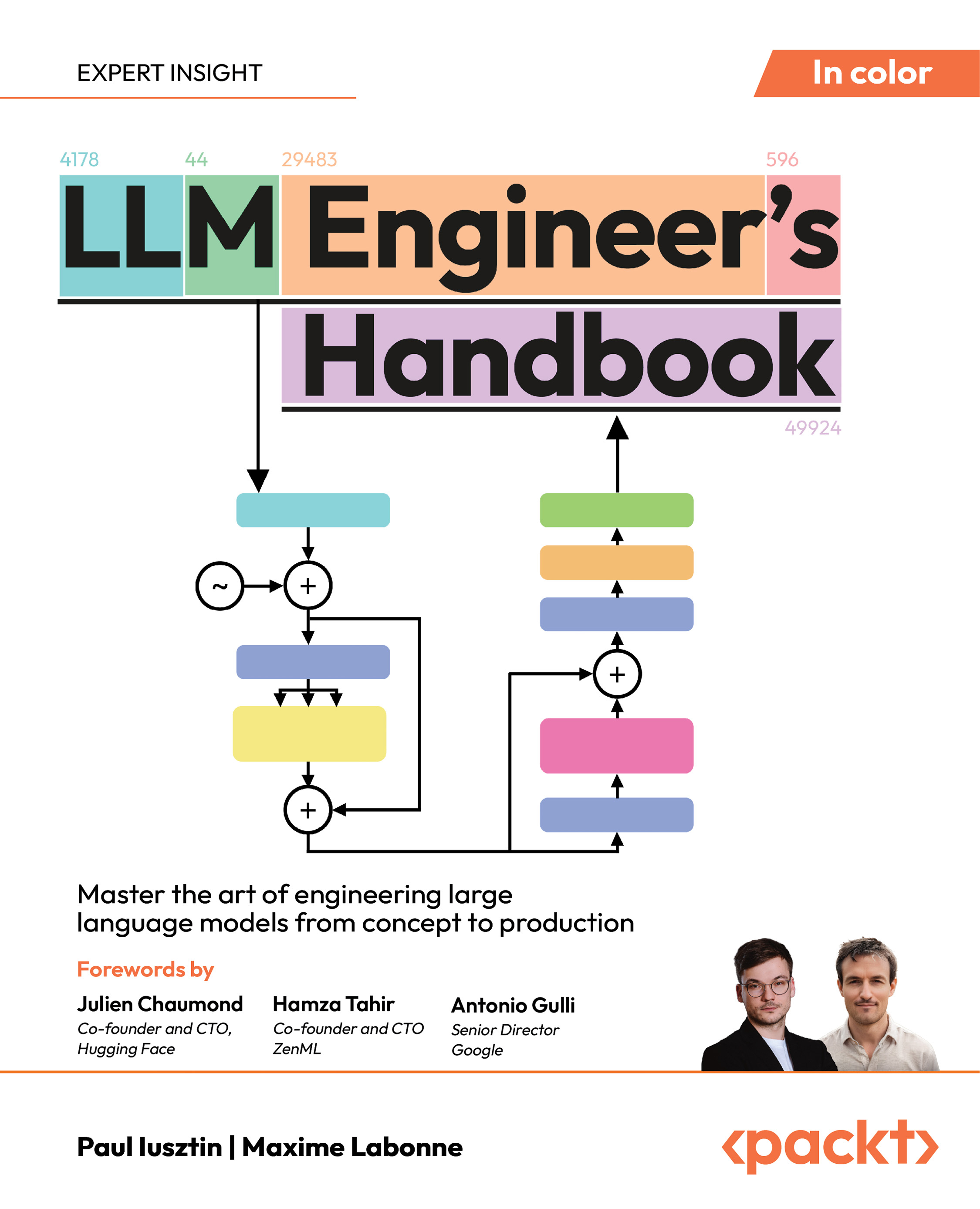Considering DevOps as a philosophy, the authors say, helps architects focus on service design thinking which means:
“Keeping in mind that the software you design is a service offered to an organization or part of an organization. …The highest priority (for you as an architect) is the value your software gives to the target organization. … you are not just offering working code and an agreement to fix bugs but also a solution for all the needs that your software was conceived for. In other words, your job includes everything …to satisfy those needs, such as monitoring users’ satisfaction and quickly adapting the software when the user needs change, due to issues or new requirements.”
To explain what the role of the software architect is in this context, they add:
“DevOps is a term that is derived from the combination of the wordsDevelopmentandOperations, and the DevOps process simply unifies actions in these two areas. However, when you start to study a little bit more about it, you will realize that just connecting these two areas is not enough to achieve the true goals of this philosophy.
We can also say that DevOps is the process that answers the current needs of people regarding software delivery.
Donovan Brown has a spectacular definition of what DevOps is:DevOps is the union of people, process, and products to enable continuous delivery of value to our end users.
A way to deliver value continuously to our end users, using processes, people, and products: this is the best description of the DevOps philosophy. We need to develop and deliver customer-oriented software. …your task as a software architect is to present the technology that will facilitate the process of delivery.”
DORA’s recommendation to “Be relentlessly user-centric” also supports this framing of DevOps:
“teams that have a deep desire to understand and align to their users’ needs and the mechanisms to collect, track, and respond to user feedback have the highest levels of organizational performance. In fact, organizations can be successful even without high levels of software velocity and stability, as long as they are user focused.
… Teams that focus on the user make better products. Not only do products improve, but employees are more satisfied with their jobs and less likely to experience burnout.
Fast, stable software delivery enables organizations more frequent opportunities to experiment and learn. Ideally, these experiments and iterations are based on user feedback. Fast and stable software delivery allows you to experiment, better understand user needs, and quickly respond if those needs are not being met.”
Experienced Amazon technologist and Principal Resilience Architect at Arpio, Seth Eliot, enriches the framing of DevOps as a culture saying that DevOps must not be seen as a toolchain or process stack, but as a shift in mindset—one rooted in ownership, autonomy, and tight integration between historically siloed roles.
The canonical DevOps problem, he says, is:
“The wall that traditionally has existed between development and operations,” a wall that “prevented these roles... from having shared goals.”
He urges architects to remember that:
“DevOps is all about culture and the tools are based on that. The tools come after that.”
If you are wondering how such a culture can be fostered, author of The Phoenix Project and The DevOps Handbook, Gene Kim’s "Three Ways" framework offers foundational principles:
 United States
United States
 Great Britain
Great Britain
 India
India
 Germany
Germany
 France
France
 Canada
Canada
 Russia
Russia
 Spain
Spain
 Brazil
Brazil
 Australia
Australia
 South Africa
South Africa
 Thailand
Thailand
 Ukraine
Ukraine
 Switzerland
Switzerland
 Slovakia
Slovakia
 Luxembourg
Luxembourg
 Hungary
Hungary
 Romania
Romania
 Denmark
Denmark
 Ireland
Ireland
 Estonia
Estonia
 Belgium
Belgium
 Italy
Italy
 Finland
Finland
 Cyprus
Cyprus
 Lithuania
Lithuania
 Latvia
Latvia
 Malta
Malta
 Netherlands
Netherlands
 Portugal
Portugal
 Slovenia
Slovenia
 Sweden
Sweden
 Argentina
Argentina
 Colombia
Colombia
 Ecuador
Ecuador
 Indonesia
Indonesia
 Mexico
Mexico
 New Zealand
New Zealand
 Norway
Norway
 South Korea
South Korea
 Taiwan
Taiwan
 Turkey
Turkey
 Czechia
Czechia
 Austria
Austria
 Greece
Greece
 Isle of Man
Isle of Man
 Bulgaria
Bulgaria
 Japan
Japan
 Philippines
Philippines
 Poland
Poland
 Singapore
Singapore
 Egypt
Egypt
 Chile
Chile
 Malaysia
Malaysia
















